Humidity and cactus
Susan560
9 years ago
Related Stories
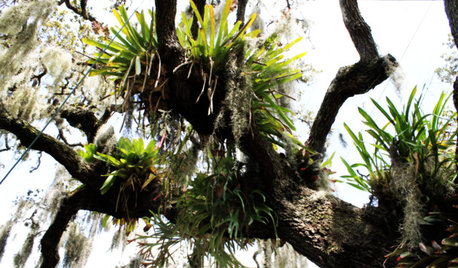
GARDENING GUIDESGot a Hot, Humid Landscape? Add Tropical Flair With Air Plants
Turn tree trunks and walls into lush canvases with plants adapted to the canopies of the rainforest
Full Story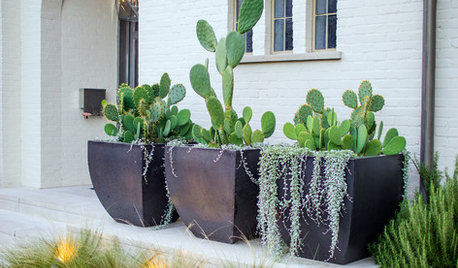
CONTAINER GARDENSCactus and Succulent Containers Are Ideal for Hot, Sunny Spots
Bring on the sun with these heat-loving succulent container gardens
Full Story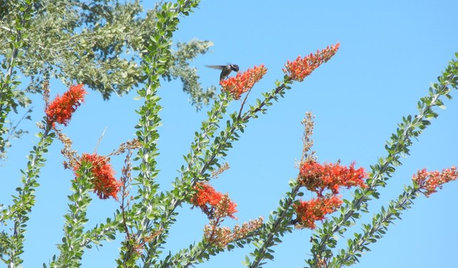
GARDENING FOR BUTTERFLIESGreat Design Plant: Ocotillo for High-Reaching Flair
Add a dramatic accent to a dry landscape with this striking desert plant silhouetted against the sky
Full Story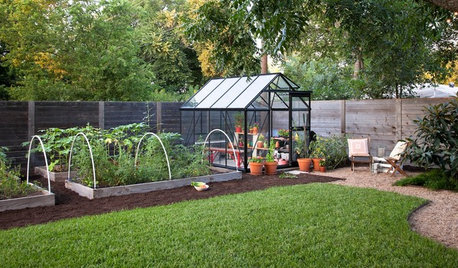
EDIBLE GARDENSA Formerly Weedy Lot Now Brims With Edibles and Honeybees
Photographers transform their barren backyard into an oasis filled with fruit, vegetables, honey, eggs and more
Full Story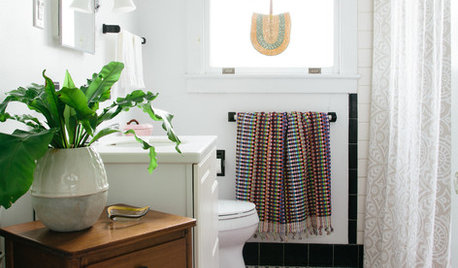
CONTAINER GARDENSFreshen Up the Bath With Lush and Healthy Plants
Learn how to choose and care for plants that will do well in your space
Full Story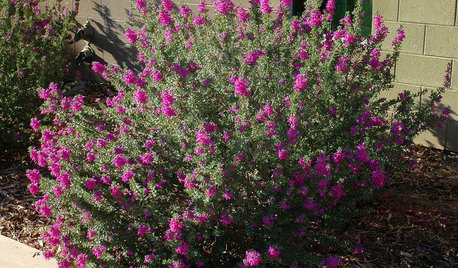
GARDENING GUIDESGreat Design Plant: Texas Ranger Explodes With Color
If purple is your passion, embrace Leucophyllum frutescens for its profusion of blooms and consider the unfussiness a bonus
Full Story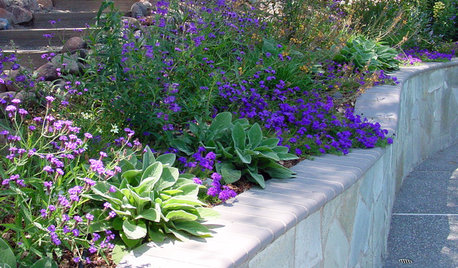
GARDENING GUIDESGreat Design Plant: Glandularia Rigida Paints the Ground Purple
Sandpaper verbena's deep purple flowers create a colorful carpet in drought-tolerant gardens
Full Story
The Indoor Gardener: Crazy for Cacti
Surprisingly versatile and blessedly hard to kill, cacti are showing up in homes far from the middle of nowhere
Full Story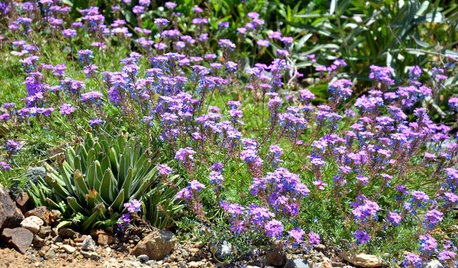
FLOWERS AND PLANTSGlandularia Pulchella Trails Color Through the Drought-Tolerant Garden
Masses of purple blossoms and finely textured foliage cover the ground of arid gardens from spring to fall
Full Story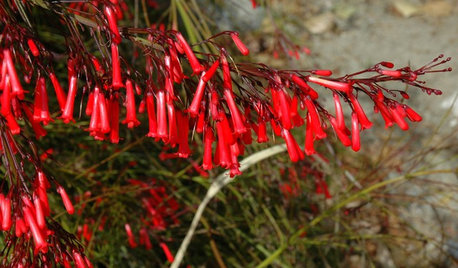
GARDENING GUIDESGreat Design Plant: Russelia Equisetiformis
Cascading foliage mimics the appearance of water, while brightly colored flowers add color from spring through fall
Full StoryMore Discussions







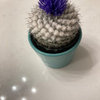
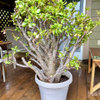
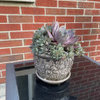
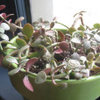
penfold2
Susan560Original Author
Related Professionals
New Bedford Landscape Architects & Landscape Designers · Clemson Landscape Architects & Landscape Designers · Cockeysville Landscape Contractors · Lemont Landscape Contractors · Pompano Beach Landscape Contractors · Four Corners General Contractors · Linton Hall General Contractors · Oneida General Contractors · Pepper Pike General Contractors · Goulds Carpenters · Solana Beach Decks, Patios & Outdoor Enclosures · Pueblo West Decks, Patios & Outdoor Enclosures · Richmond Decks, Patios & Outdoor Enclosures · Saint Louis Park Decks, Patios & Outdoor Enclosures · Glendale Decks, Patios & Outdoor EnclosuresSusan560Original Author
penfold2
savant
penfold2
Susan560Original Author
DavidL.ca
penfold2
hoovb zone 9 sunset 23
wantonamara Z8 CenTex
kaktuskris